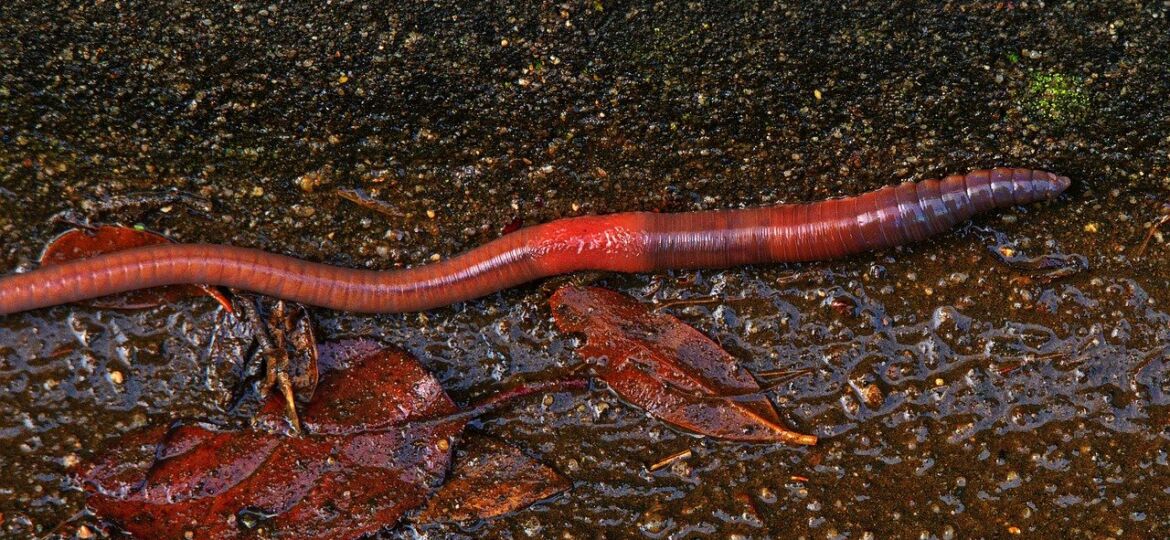
Earthworms introduced into northern North America have a deleterious influence on the above-ground insect population. Soil ecologists discovered this influence on insect population, biomass, and species richness. Their findings suggest that changes in insect populations may be caused by factors that have previously received little attention.
There have been essentially no earthworms in the northern section of North America since the last ice period, roughly 10,000 years ago. However, they have been introduced within the previous several centuries, most likely by soil and plant transfer from Europe. They have now been spread and have drastically altered the soil, with far-reaching repercussions for the soil ecology. The influence of these invaders on the world above ground has received little attention up to this point.
The research was carried out in a forest in Calgary, Canada, where earthworms are either present or absent. In this study, the researchers employed insect vacuum samplers to collect aboveground insects and compared the results. They observed that the quantity, biomass, and species richness of insects changed dramatically between places with invasive earthworms and those without. Where earthworm biomass was greatest, the number of insect individuals was decreased by 61%, insect biomass was reduced by 27%, and species richness was reduced by 18%.
Insects above ground are being harmed by subsurface invasive earthworms.
“We anticipated earthworms to have an effect on aboveground insects,” explains iDiv and Leipzig University lead author Dr Malte Jochum. “Even so, I was startled at how dramatic the impacts were, and that not just the quantity but also biomass and species richness were reduced.”
However, the processes by which earthworms effect insects remain unknown. “It’s probable that the earthworms devour the food, reducing the habitat of those aboveground insects that break down dead plant material, such as beetles and fly larvae,” explains Jochum. Because the majority of insects are herbivores, it is possible that the observed drop in insect populations is attributable to changes in vegetation produced by changing soil conditions. However, the researchers were unable to identify any substantial change in the number of plant species or plant coverage in this example. “However, this does not rule out the impact of the plants,” Jochum explains. The data on species composition and other functional aspects of plant communities, on the other hand, have yet to be analyzed.
The rise in predatory bug and spider species was also notable. These seem to gain from the adjustments.
Underappreciated causes of biodiversity loss must be included in conservation efforts.
“Until now, only a few factors have been used to explain worldwide variations in insect populations; largely changes in above-ground habitats,” explains lead author Prof Nico Eisenhauer of iDiv and Leipzig University. “They new findings suggest that biodiversity loss might have additional causes that have received little attention so far, and that these should be taken into account when establishing biodiversity management and conservation policies.”
Earthworm species that have been introduced are present on practically every continent, not only North America. However, since there have been so few earthworms in northern North America for so long, the impact of these invaders is especially evident. “Comparable negative impacts owing to new earthworm species are quite improbable in countries like Europe, where natural communities have historically co-developed with earthworms,” adds Jochum. “Quite the contrary. They are key ecosystem engineers at this location, on which many essential ecosystem services rely.”
The research was carried out as part of the EcoWorm project, which was supported by the European Research Council (Horizon 2020) and the German Research Foundation (DFG) (FZT 118).

